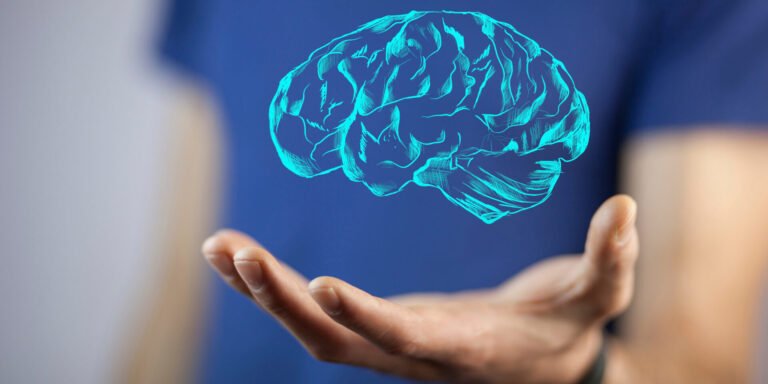Neural Dysfunctions: When the Brain Misfires, the Body Whispers and Screams

Have you ever felt like your body was reacting to something your mind couldn’t explain?
Moments of brain fog, unexplainable fatigue, sudden memory lapses, or even irrational fears — they often pass unnoticed, dismissed as “just stress.” But what if these are signs of something deeper? What if the brain, the most complex organ in our body, is trying to communicate a dysfunction that we haven’t been taught to recognize?
We tend to view the mind and body as separate. Yet, in truth, they are intimately woven together through the nervous system — a biological web that not only controls movement and sensation but also emotion, thought, and behavior. When something goes wrong in this network, the consequences ripple far beyond the brain.
What Are Neural Dysfunctions?
Neural dysfunctions refer to any impairment in the way the nervous system functions — whether in the brain, spinal cord, or peripheral nerves. These impairments can result from genetics, trauma, infection, inflammation, chemical imbalance, or degenerative conditions. Some well-known examples include:
Alzheimer’s disease: progressive memory loss and cognitive decline
Parkinson’s disease: movement disorders caused by dopamine neuron loss
Multiple sclerosis (MS): immune system attacks the protective sheath of nerves
Epilepsy: abnormal electrical activity in the brain causing seizures
Autism Spectrum Disorder (ASD): differences in neurodevelopment and social communication
ADHD: attention regulation challenges due to neurotransmitter imbalance
What many don’t realize is that neural dysfunctions also encompass subtle imbalances — conditions not always diagnosable, but deeply disruptive.
How Do They Affect the Brain and Body?
When neurons misfire, signals are misrouted. The results can be as visible as tremors, or as invisible as anxiety.
Chronic headaches, gut issues, hormonal imbalances, fatigue, insomnia — often, they are neurological symptoms in disguise.
The brain communicates with the body through neurotransmitters and electrical signals. If this system becomes dysregulated, it can trigger a cascade of issues:
Mood swings and emotional instability
Digestive disorders (via the gut-brain axis)
Weakened immune responses
Endocrine imbalances (like cortisol spikes)
Motor dysfunctions (like coordination problems or tics)
It’s not “just in your head.” It’s in your nervous system.
The Hope Within Neuroplasticity
The good news? The brain is not static. It adapts, rewires, and heals — thanks to neuroplasticity.
With the right support — therapy, nutrition, mindfulness, movement, sleep — many people experience relief, even transformation. The key is early recognition, an open mind, and breaking the stigma around brain-based disorders
A Final Provocation: What If Your “Personality” Isn’t You?
What if what you call procrastination, rage, numbness, or people-pleasing isn’t your “personality”…
But a neurological response to a dysfunction you’ve normalized?
What if parts of you aren’t broken — they’re overcompensating for something your brain has been struggling to manage in silence?

Author’s note
The brain doesn’t scream — it whispers. First in thoughts, then in symptoms. Only when we ignore its quiet warnings does it roar.
Listen closely: the mind speaks in patterns, and healing begins with noticing.
References
National Institute of Neurological Disorders and Stroke (NINDS) – https://www.ninds.nih.gov
Harvard Health Publishing – “The Brain-Gut Connection”
Gazzaniga, M. S. (2018). The Consciousness Instinct
Doidge, N. (2007). The Brain That Changes Itself
American Psychological Association – https://www.apa.org